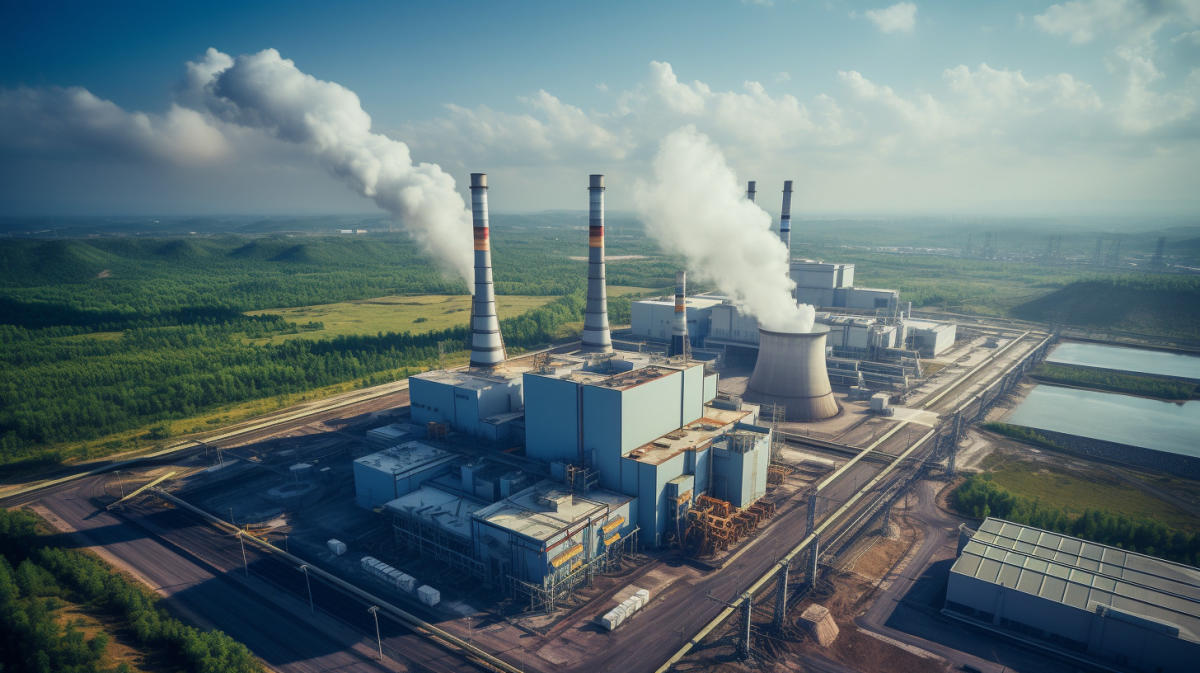Infra
Green light expected for key infrastructure on £2.1bn electricity ‘superhighway’ between Scotland and England | New Civil Engineer

North Yorkshire Council assistant director of planning on community development services Trevor Watson has recommended the council to approve a planning application from power generator Drax for a converter station and its associated infrastructure to support a planned £2.1bn electricity “superhighway”.
The council’s strategic planning committee will preside over the application tonight, 8 August, which seeks outline planning permission for the construction of a converter station to the east of Drax’s existing power station in Selby. Drax has also applied for full planning permission for the installation of 2km of underground cabling from the River Ouse to the converter station and then another 500m of underground cabling on to the Drax substation as part of this application.
The planned converter station will look to support the proposed creation of the £2.1bn Eastern Green Link 2 to build an electricity “superhighway” between Peterhead in north east Scotland and the Drax power station, near the village of Drax. The project is a joint venture between SSEN Transmission and National Grid, will include the installation of 440km of subsea cabling and is expected to become operational in 2029 with construction work planned to commence next year.
Eastern Green Link 2 has been devised to help transport wind energy from Scotland to power 2M homes in the UK. National Grid believes it “will unlock the rich renewable energy capacity of Scotland and significantly increase the UK’s capacity to deliver clean energy”.
The project is part of National Grid’s plans to upgrade the UK’s electricity transmission system and work towards the government’s target of 40GW of offshore wind generation by 2030.
Although North Yorkshire Council’s landscape architect has stated that Drax’s converter station development will have “severe adverse landscape effects” on a site that is “over-developed with insufficient landscape mitigation”, Watson has recommended the committee to approve the application.
The project construction will cover an area of almost 35ha with 1.7ha of land permanently occupied by the infrastructure. The council’s report on the project states: “It is considered that the development would deliver very substantial
benefits, contributing to net zero targets and facilitating the role out of increasing use
of renewable energy resources in the country. In this instance, it is therefore
considered that there are material considerations which would justify granting outline
planning permission for the convertor station, notwithstanding the harm identified.”
The converter station itself is planned to sit on a platform measuring 200m by 250m, 1.8m to 3.4m above the ground. The platform will cover an area no greater than 50,000m2, according to the application, and half of it will hold buildings up to 28.5m in height while the buildings on the other half will be less than 20m tall. Plans for the underground cabling between the River Ouse and the substation will see it installed in trenches with a 60m wide strip of landed needed for the construction phase. Drax is hoping to have all the associated works completed by 2029.
Like what you’ve read? To receive New Civil Engineer’s daily and weekly newsletters click here.




